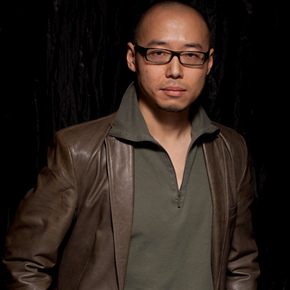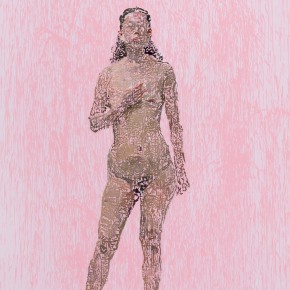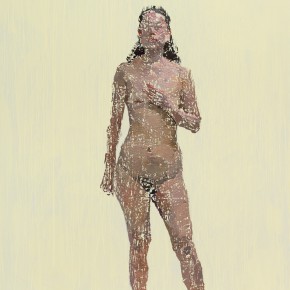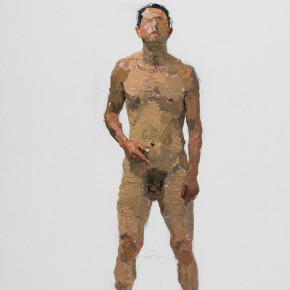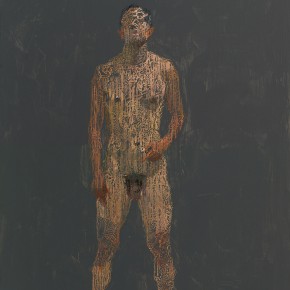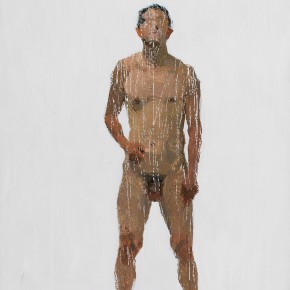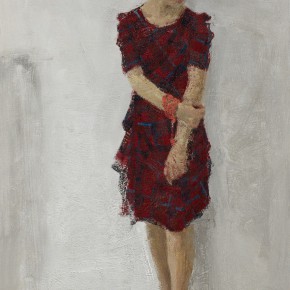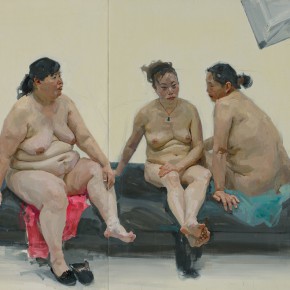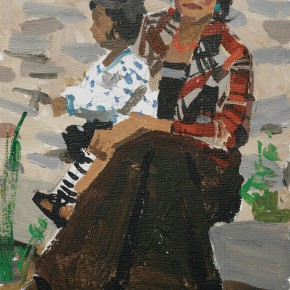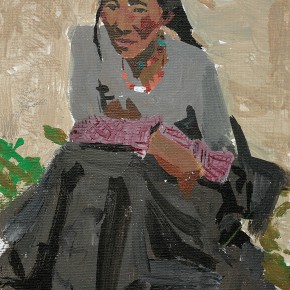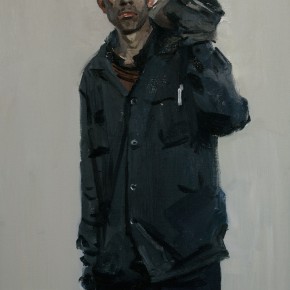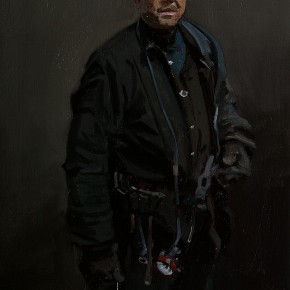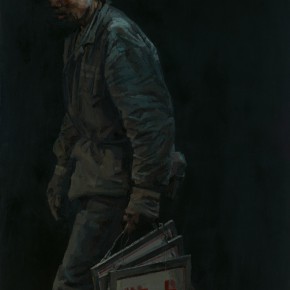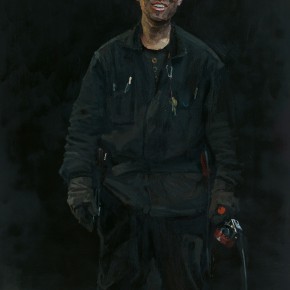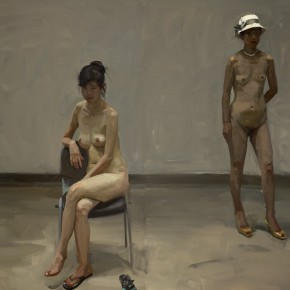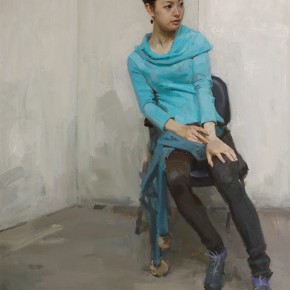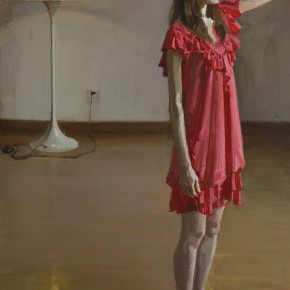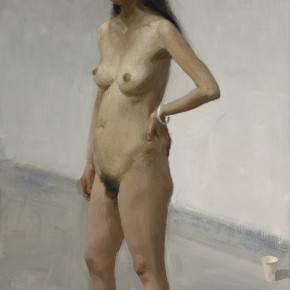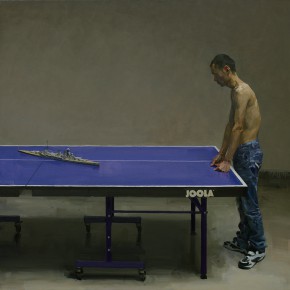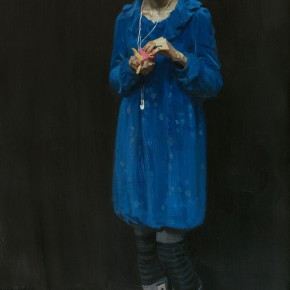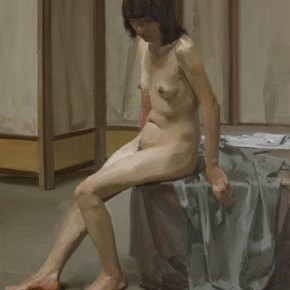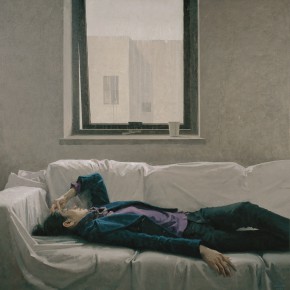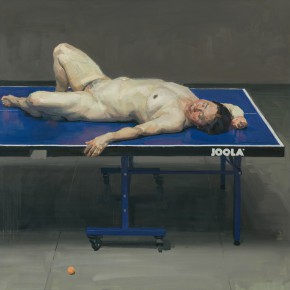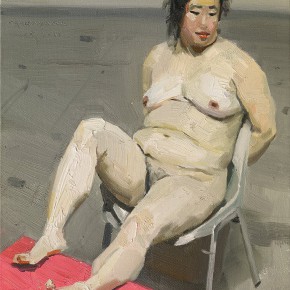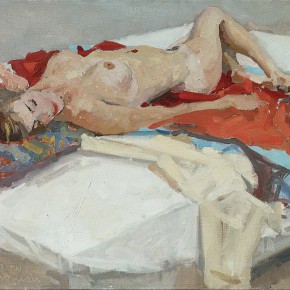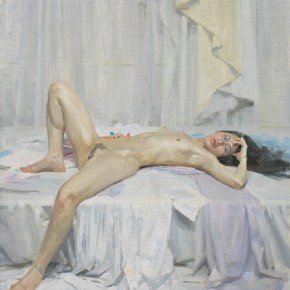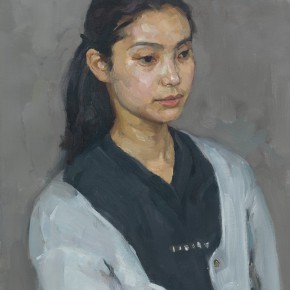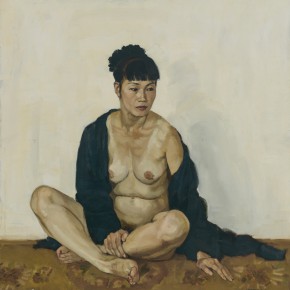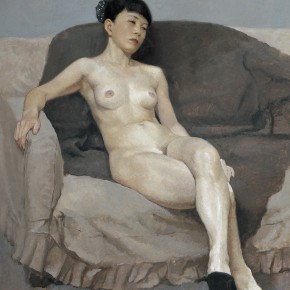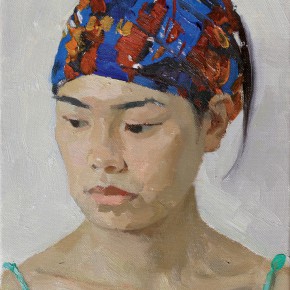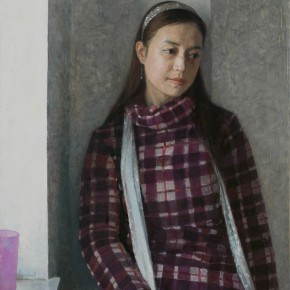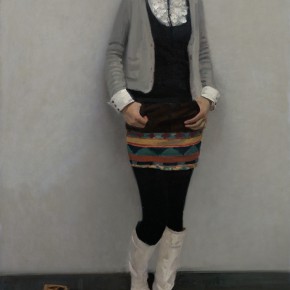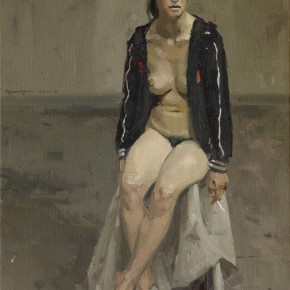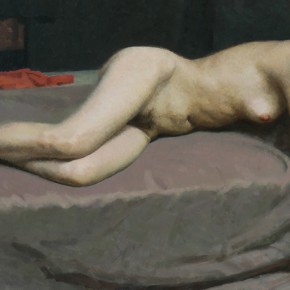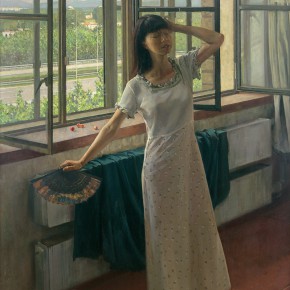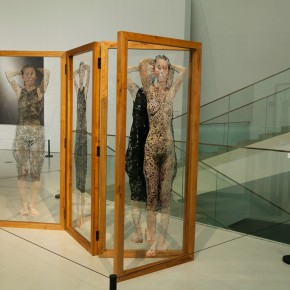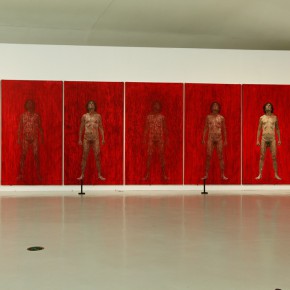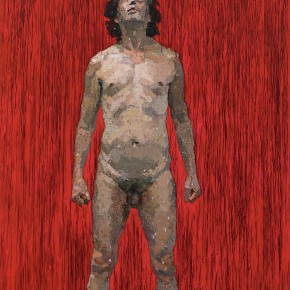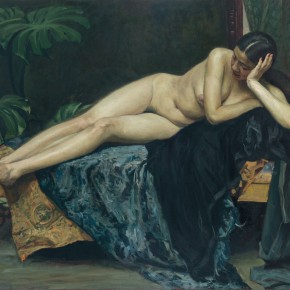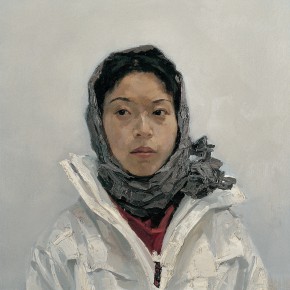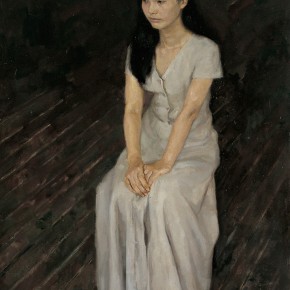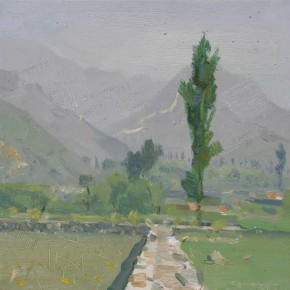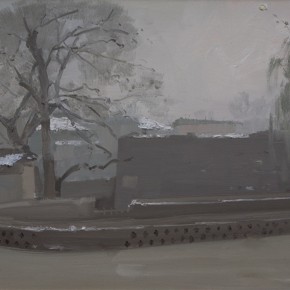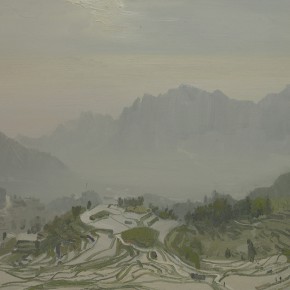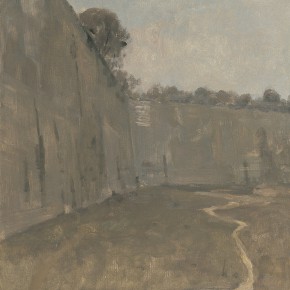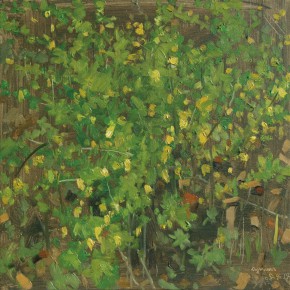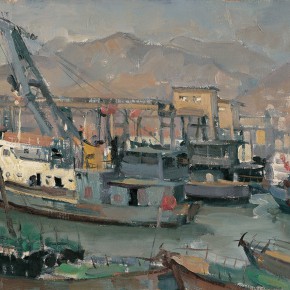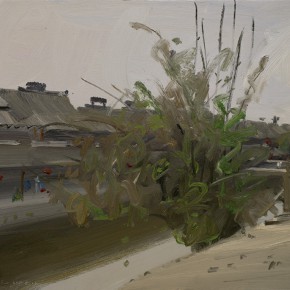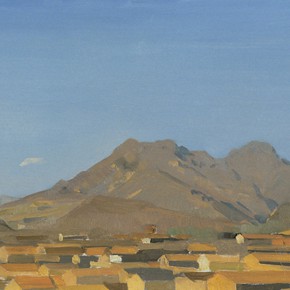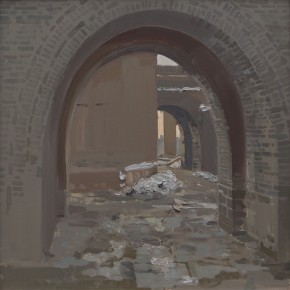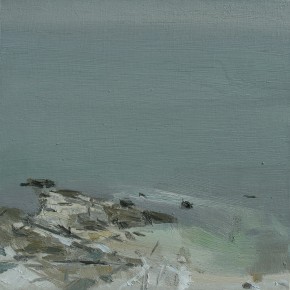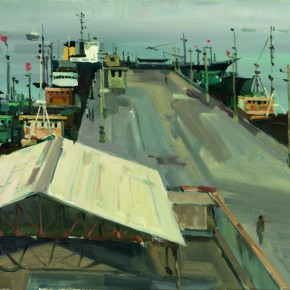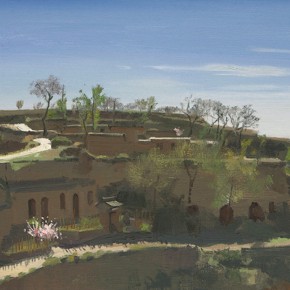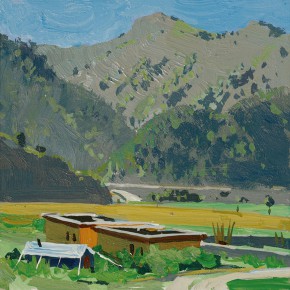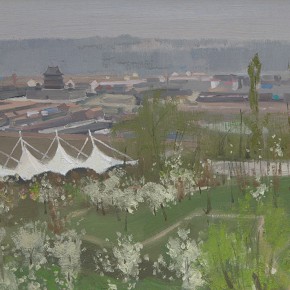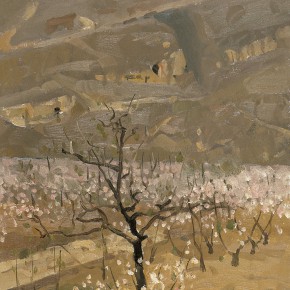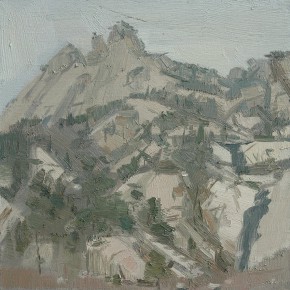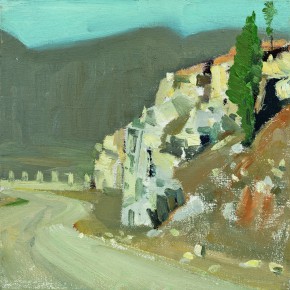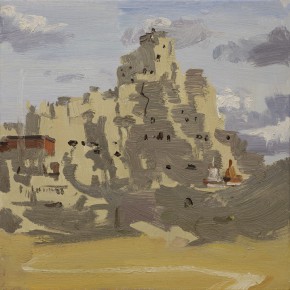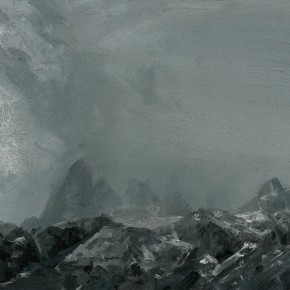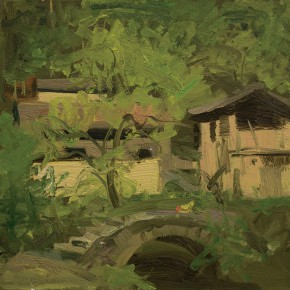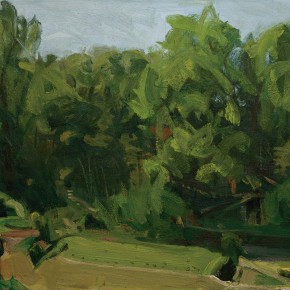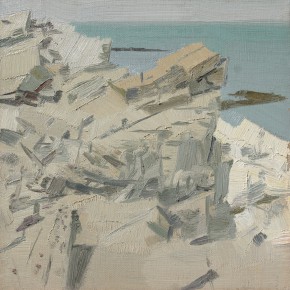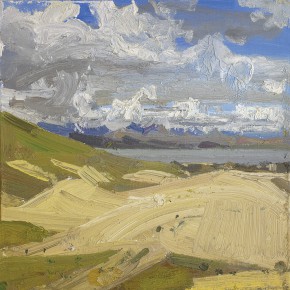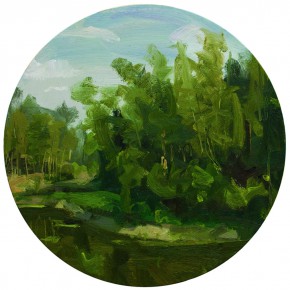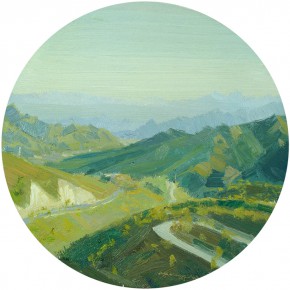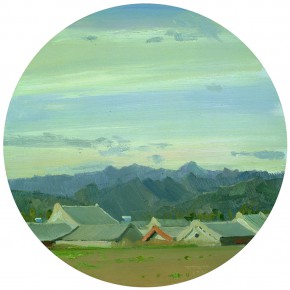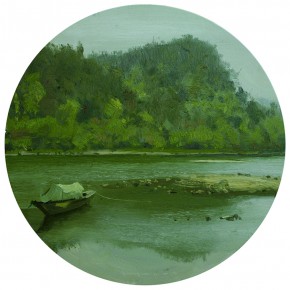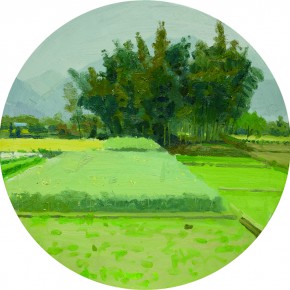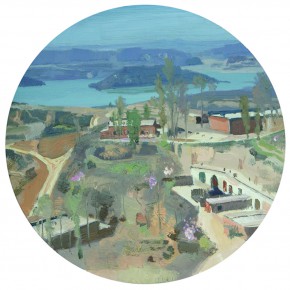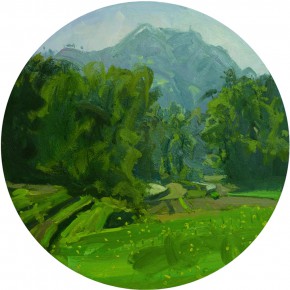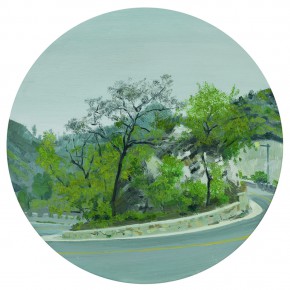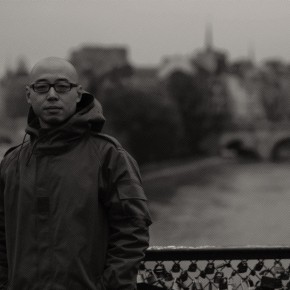Yuan Yuan
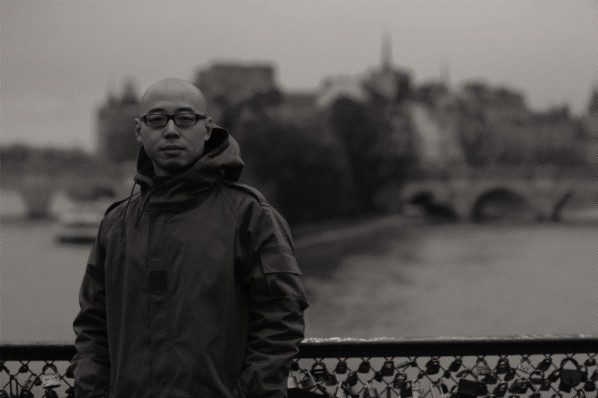
I have always admired Yuan Yuan’s persistencein art, when Yuan Yuan was very young, it was necessary for Yuan Yuan to have a firm belief in persistence, clinging to his mission as an artist. There is no boundary to his exploration of language. Themes, brush strokes, color, space, texture, shape, nationality, temporal spirit are all involved, to have an integrated and comprehensive inference to his honesty and love of art, Yuan is very pure, and his complete art has all the characteristics of a mature artist.Today, it is actually the persistence of language itself that tests the will of an artist, but I believe that persistence of language is neither a kind of adventure, nor a gamble. Yuan Yuan’s paintings also help me see today’s Chinese people in a leisurely and comfortable fashion that permits control of the oil painting, which is already the true Chinese face, utterly removing the pretense and awkwardness of copying that has existed for more than one hundred years, without any trace of foreign influence. I am very gratified by it.
Du Dakai: The Language Exploration in Yuan Yuan’s Oil Painting CreationRepresentational painting and abstract painting are seemingly different but in the same vein. It can be said thatthe abstract factor is a support of representational painting, is the core foundation and intrinsic evolution as a clue to representational painting. While abstract painting purifies and withdraws abstract factors from representational art, and turns it to an independent plastic language. For all the representational painters, to a certain extent, the level of understanding and grasping of the abstract beautiful also determines the level of representational painting created by the artists.
Yuan Yuan: In the Name of Representational ArtIt is actually openness and tradition that are two aspects of the same thing, and it is a major academic problem to balance both sides. I had accepted a linear and single-direction in traditional education, while I found that it was different in Western art colleges, whose education was very open, emphasizing the crossover of various artistic categories, and even the crossover between unconventional arts and art, they try to combine different arts or combine art with science and technology, etc, so as to stimulate the possibility of new artistic creations. I think it is the popular art educational direction in the West, as people live in the moment, I must respond to the era, and it seems that our college education is necessary to respond to such a Western mainstream art educational direction.
Wang Chunchen Interviewing Yuan Yuan: Relaxation and Accidental“Ruin •Birth” is his latest work, the form is difficult to define, so we can’t tell if it is a painting or an installation, if it is a performance or a process. Painting is the foundation of the work, first of all, sketching a big shape of the human body in the academy style on a vast canvas, shaped by his typical brush strokes, while the proportion and structure is absolutely accurate.Without any background or props, it seems that all the languages of the academy concentrate on the human body. It is only a part of the work. The painting fully demonstrates the skill and brush strokes, thick colors, collage of color blocks, and the quickly finished shape. The thick colors are quickly pasted under the humid condition. Yuan Yuan has a surprising idea, the finished work is fully pasted on another canvas of the same size, then it only leaves a vague outline, because it is“copying”from one to the other, the result of the pasting is like the fuzzy “reflection” of the original piece. The background of the “Reflection”is a pure color, in strong contrast to the “Reflection” in gray tones. The painting evolves to a performance and process, each “Reflection” is not a copy of the original, but the product of the performance, and is formed in the process. “Reflection” is like a profound metaphor, everyone is the reflection of the academy, under the training of the academy we become the same product. If art embodies our essence, “Reflection”means the loss of our essence, and it is present as leeching from the original. Interestingly, the“Ruin •Birth” is not an one off “copy”, the original one is pasted by canvases one by one. “Reflection” gradually decays in the process of pasting, and only an extremely vague silhouette is finally left.
Yi Ying: Schemata and Reflection -Analysis of Yuan Yuan’s WorksThe core of the sketch is overall observation rather than searching for the details of every object. The correct observation method is the narrowing of the eyes, so you only see color blocks that reflect the relation between black and white, and the relations with colors, which are the images we want to reflect, instead of a complete and clear object, when you faithfully draw such a picture, you will find that the seemingly unintelligible colored blocks make up the real overall visual image, rather than separate objects with sharp edges presented in our consciousness. The separate objects are present based on the detailed observation and concept, while detailed observation and conceptualization happens to be the thing that is forbidden in the sketch.
Yuan Yuan: The Laws of Landscape SketchReferring to the art tradition, we can see most ofthe colleges and universities of art in Europe and the United States have not retained foundation teaching of the content of traditional forms, except for the courses such as drawing, the structure of the human body and sculpture. In our opinion, it seems to be difficult to understand, but when I know the core idea of contemporary art is the creation and innovation, it is easy to understand; they are separate from tradition, but have innovation in reverse. It is both their artistic philosophy and their generalized art tradition that work together. Does the narrow sense of the artistic tradition such as representational realism disappear? After a lot of observations, I find it’sobviously present: because they have a perfect system in the museum, as well as the existence of diversified aesthetic demandsfromthe public, although most of the colleges and universities of art do not teach the traditional art marked by representational realism, theart students and artists can have a fruitful self-study based on the museum, which is clearly reflected in the experience of some Western artists such as David Hockney and Freud. In addition, outside the contemporary art system a large number of artists create using the traditional art form with the audience present, such as The National Portrait Gallery in London which holds a portrait painting competition entitled the Annual BP Portrait Award every year, attracting a large audience, while the skill and level of portrait painting in the realistic form is still very high. Therefore we can say that their art traditionis not dead, but exists in the mainstream art in another form.
Yuan Yuan: FoundationalTeaching for Plastic Arts in European and American Art AcademiesAbout the Artist
On January 8, 1971, Yuan Yuan was born in Nanjing City, Jiangsu Province. He was admitted to the Fine Arts School Affiliated to CAFA in Beijing in 1986, after graduated in 1990 he was admitted to the First Studio of the Department of Oil Painting, CAFA, the mentors included: Jin ShangYi, Sun Weimin, Yang Feiyun, Chao Ge, and he graduated in 1994 with a bachelor’s degree.He was admitted to the Department of Decorative Arts, Central Academy of Craft Art (now The Academy of Arts & Design of Tsinghua University) in 1994, he majored in Public Art, learning from his mentor Du Dakai, he then graduated in 1997 with a Masters degree. In the same year he started to teach in the Department of Mural Painting, CAFA. In 2001, he transferred to teach in the Department of Fundamental Education for Plastic Arts, currently he is Deputy Director of the Department of Fundamental Education for Plastic Arts, CAFA, Associate Professor. He was admitted to CAFA as a doctoral candidate in 2010, his mentor is Jin Shangyi.
Selected Exhibitions
2014 Choosing – Six Cases from CAFA Annual Fine Arts Nomination Exhibition, CAFA Art Museum
2014 The Section of Oil Painting of the 12th National Art Exhibition, “The Blue Dream” was nominated the prize
2013 “Across the Ocean” - Contemporary Exhibition of Chinese Artists, Panama Canal Museum
2013 Contemporary Exhibition of Chinese Artists, Venezuela National Art Museum
2013 Sketch Life, Jiu Gallery in 798 Art Zone
2013 Academy– Exhibition of Works of the 10 Young Teachers from CAFA, Today Art Museum
2011 Dialogue Landscape, Jiu Gallery in 798 Art Zone
2011 Show of Painting, Jiu Gallery in 798 Art Zone
2011 Academy – Exhibition of Works of the 8 Young Teachers from CAFA, BaiyaxuanGallery in the 798 Art District
2009 The Section of Oil Painting of the 11th National Art Exhibition “The Drizzle”
2008 Fellow, Chan Liu Art Museum in Taiwan
2006Today’s Chinese Art, National Art Museum of China
2004 Young Artists Nominated Exhibition, Today Art Museum
2004 Modern Elegance Painting Exhibition, National Art Museum of China, Beijing
2004 National Mural Painting Exhibition, National Art Museum of China, Beijing
2004 The Section of Oil Painting of the 10th National Art Exhibition
2004 The Section of Mural Painting of the 10th National Art Exhibition2003 The3rdChina Oil Painting Exhibition, National Art Museum of China
2003 Today Chinese Art, TheChina Millennium Monument, Beijing
1996 Central Academy of Craft Art, National Art Museum of China
Monographs:
CAFA Mural Painting Series of Teaching Material• lacquer Painting Drawing Techniques”, Liaoning Fine Arts Publishing House
“Yuan Yuan’sTeaching”, People’s Fine Arts Publishing House
“The Works by the Painters from Academy – Yuan Yuan’s Work”, Zhejiang Fine Arts Publishing House
“Orderly Observation - Yuan Yuan’sOil Painting Teaching of Figure”, Chongqing Publishing House
“Orderly Observation - Yuan Yuan’sOil Painting Teaching of Landscape”, Chongqing Publishing House
National Higher Education “the 11th Five-Year Plan”Teaching Material - “Drawing Teaching”, edited by People’s Fine Arts Publishing House
Reward
2013 New Century Excellent Talent Program by the Ministry of Education ofP.R. China
Courtesy of the artist, translated by Chen Peihua and edited by Sue/CAFA ART INFO


